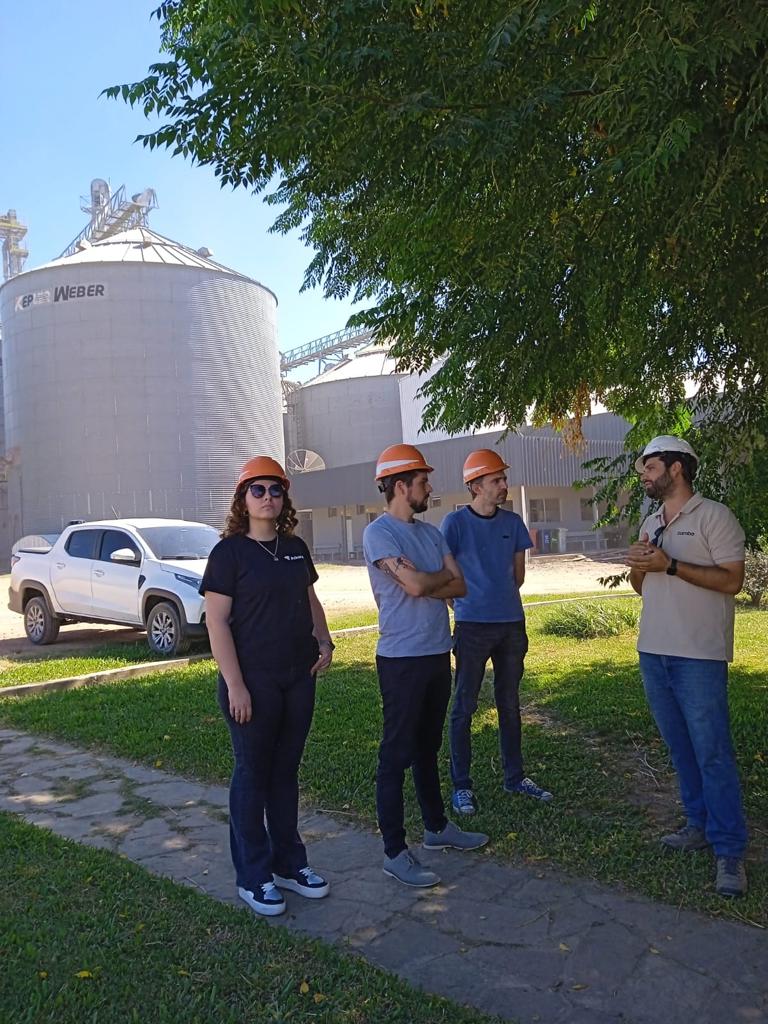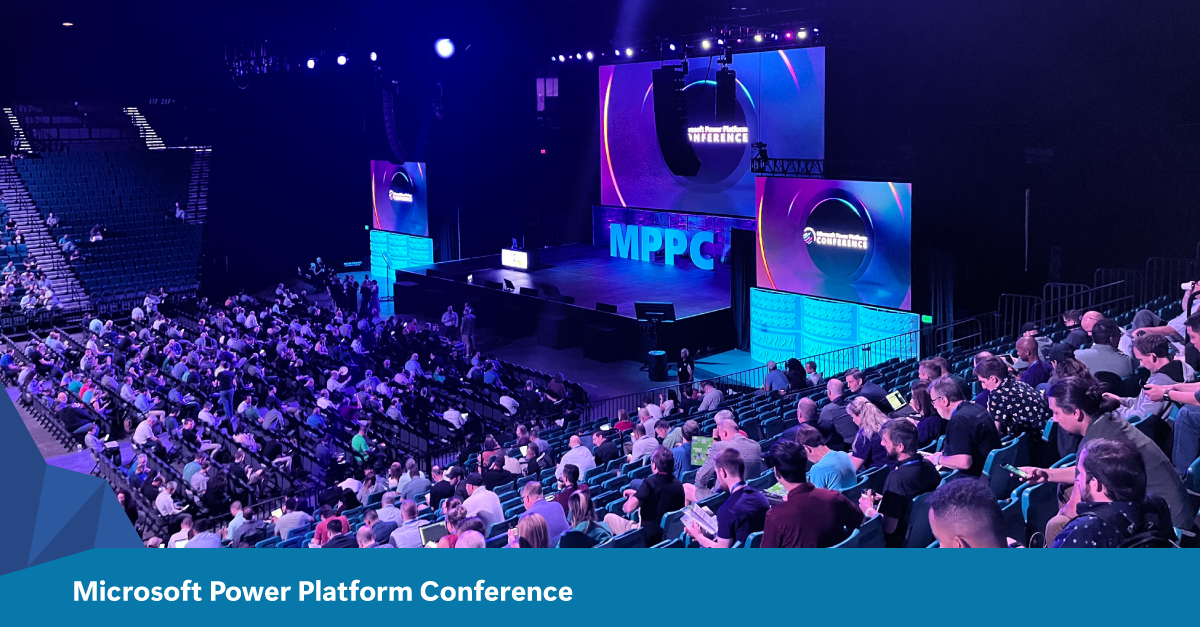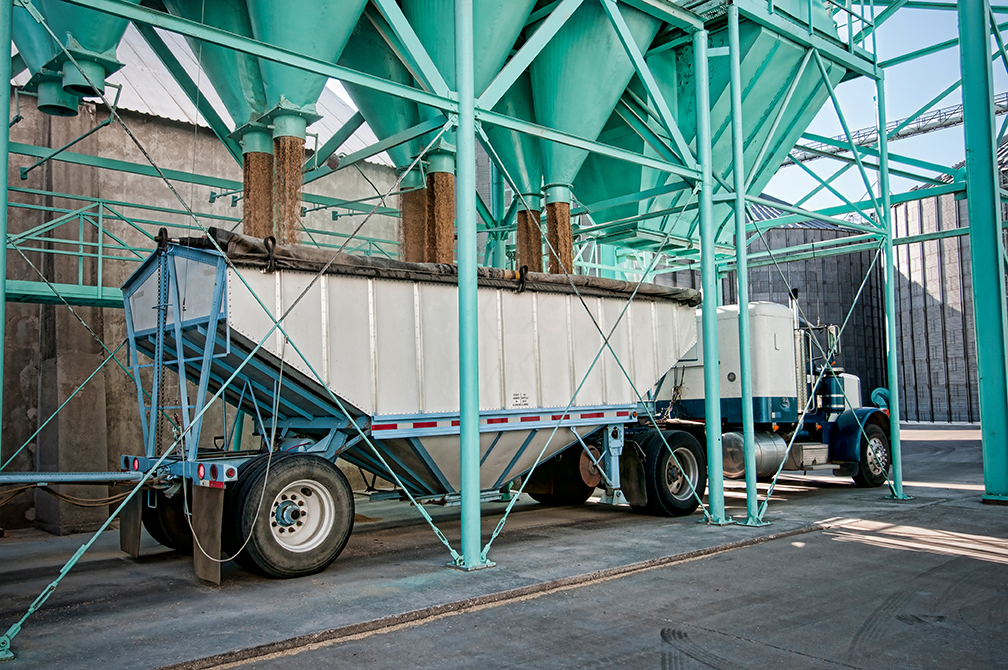By Gustavo Ortiz
It’s increasingly common for the solution to our clients’ needs to be built collaboratively with a multidisciplinary team. It’s a co-creation involving the client’s key stakeholders, Arkano, and Microsoft.
In my years as a consultant and facilitator, I’ve learned that better results are obtained if more energy is invested and more techniques are used making the Discovery process more standardized. Another learning is not to rush the involvement of technology without understanding the business and it’s key needs first.
Based on this, Microsoft provides us with a crucial tool: the I.D.E.A Framework, from its Microsoft Catalyst program, which employs Microsoft Dynamics 365, Microsoft Power Platform, and Microsoft Cloud.
The I.D.E.A Framework is designed to focus on the business and applies to a specific requirement of an area or the entire organization.
The stages are:
· Inspire
· Design
· Empower
· Achieve
In the Inspire stage, we imagine the future of our client’s business. It’s carried out with a workshop where through different design thinking techniques we can foster innovation. Ideas aren’t discarded, they are grouped in a way to quickly know what problems we’re solving and from what segment (marketing, sales, employee engagement, etc.).
In the Design instance, we focus on the solution and its impact on key business indicators by generating higher sales, reducing costs, transforming our business or mitigating risks. In this way, we measure the impact obtained in accordance with the defined indicators.
This is where our clients begin to visualize the solution. This happens in two instances of co-creation: the Business Value Assessment and the Solution Assessment.
During the Empower stage, we have our business case ready to see it in action. We show a demo or similar success stories to visualize what the future state will be like.
Finally, in the Achieve stage, we make the proposal and execute it to achieve the desired outcome.
I consider this methodology as an essential driver to obtain better results in the acquisition of the right technology and the digital transformation of our clients. By doing this we align the impact that these solutions have on the strategic indicators of an area or the whole organization.






